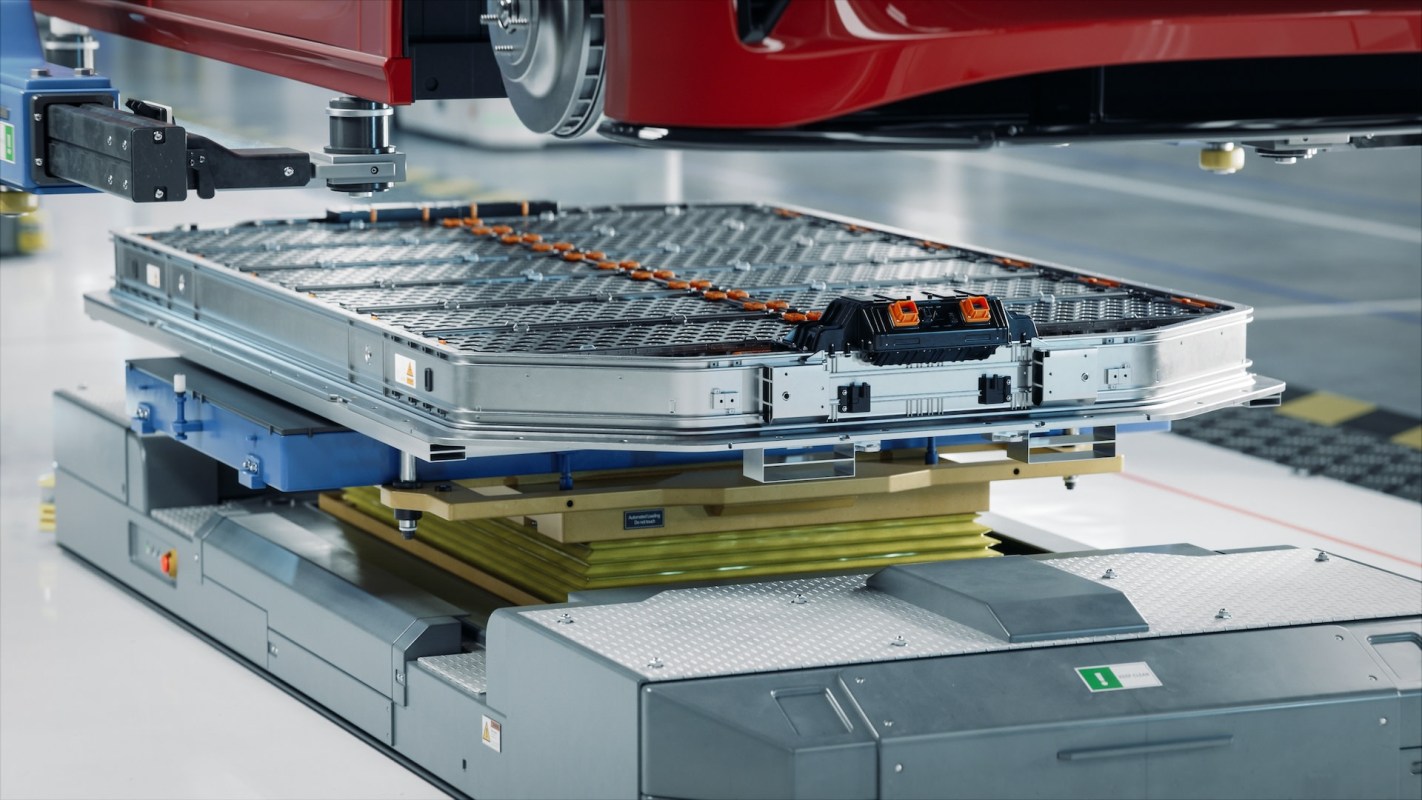As electric vehicle sales continue to rise in the United States, many people are asking about what happens to EV batteries after the car is taken off the road.
EV batteries have different end-of-life cycles to gasoline cars, with experts saying they should outlive the car itself, so major policies need to be put in place to ensure they are not disposed of in landfills.
What is the best process for recycling EV batteries…and how does it work?
Choosing the best option could make or break the technology's future.
Recycling is a crucial part of continuing the development of sustainable transportation options. Let's walk through three different types of EV battery recycling (hydrometallurgical, direct, and pyrometallurgical) and project which would be best for a sustainable EV future.
@realbrianmello This is insane! | @Zack #gmctrucks #electricvehicle #electrictruck #electriccar @General Motors ♬ original sound - Brian Mello
Hydrometallurgical Recycling
This process uses liquid solutions to separate minerals and is currently the best available technology because it has high mineral recovery rates and low environmental impact. Take a look at this helpful TikTok video showing an EV car battery going through the hydrometallurgical recycling process.
Direct Recycling
This process is still in development, but it has a low environmental impact and is ideal for manufacturing scrap and lithium-iron-phosphate batteries. It recovers the valuable cathode intact, which ideally skips a step in the battery manufacturing process.
Pyrometallurgical Recycling
This process involves putting batteries in a furnace to burn down their contents. It has a high environmental impact and does not recover lithium, aluminum, or manganese, according to a post by the Union of Concerned Scientists (UCS).
Determining the optimal EV battery recycling process
Direct recycling stands to be the best choice due to its low environmental impact while also recovering the highest quality product. It's like the express lane for saving the planet.
This process is still being perfected, but it could be the best option for some, such as lithium-iron-phosphate batteries that don't contain the high-value minerals of cobalt and nickel, per the UCS post.
Why battery recycling matters now
The landscape of the EV battery recycling industry is evolving at a rapid pace, with a focus on identifying economically viable and sustainable long-term solutions. It's essential to construct a robust recycling policy that would ensure all EV batteries are safely recycled.
It is worth noting that the United States lacks a comprehensive battery recycling program, but there is an opportunity to draw inspiration from the European Union's example by enacting policies that establish baseline recovery rates.
Nevada-based battery recycling company Redwood Materials — which currently uses hydrometallurgical recycling and can recover 80% of lithium and close to 100 percent of other key materials, according to the MIT Technology Review — is already on the case and is working with Panasonic to bring its work to a higher scale.
It is imperative that these batteries do not end up in landfills, particularly when considering the significant lag between battery recycling technology and the exponential rise in battery manufacturing.
Join our free newsletter for weekly updates on the coolest innovations improving our lives and saving our planet.









